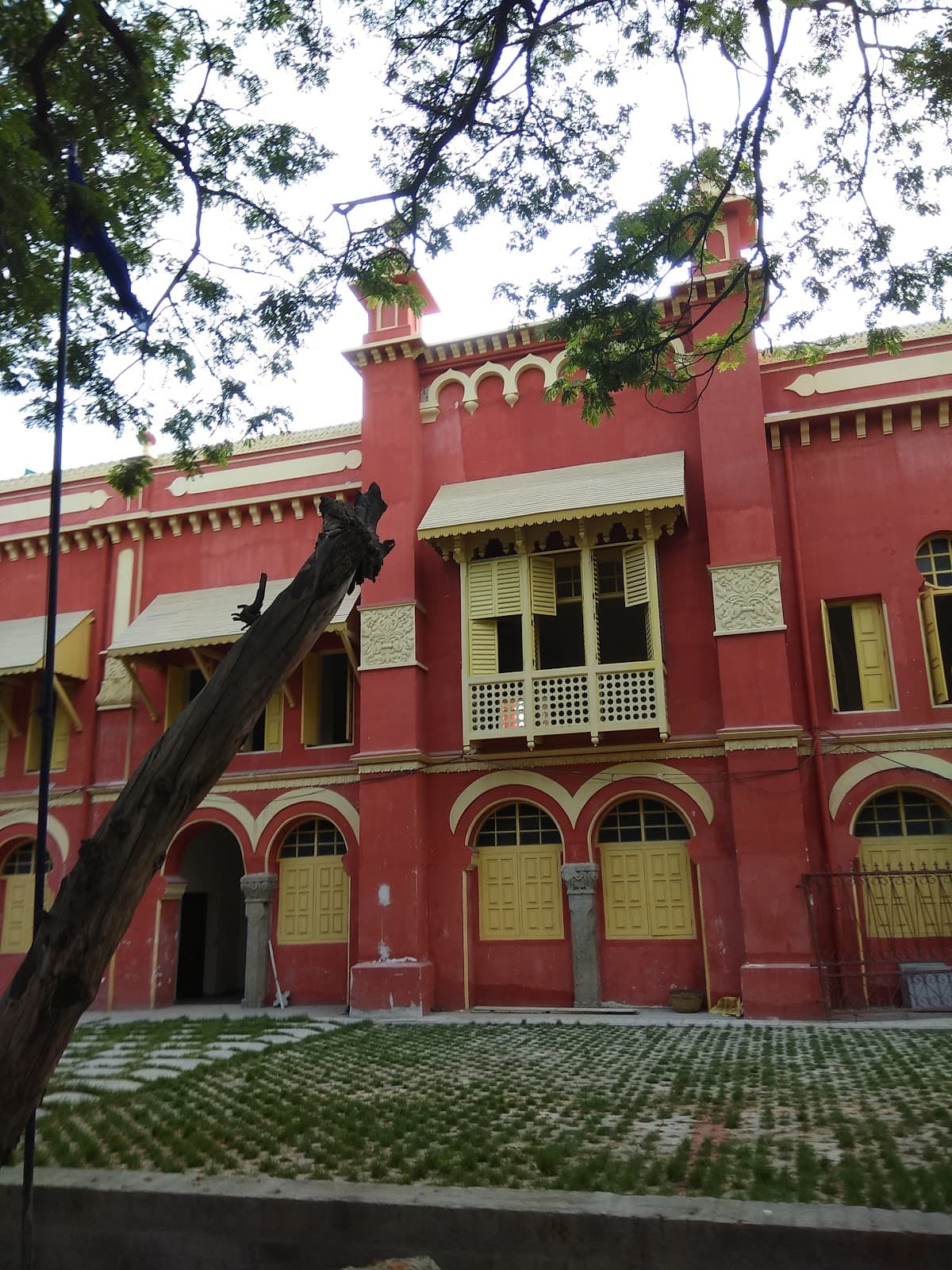
Chepauk Palace (Kalas Mahal)
Historic Indo-Saracenic palace, former residence of the Nawab of Arcot, currently under renovation.
Highlights
Must-see attractions

Social
From TikTok & Reddit
Best Time
Blue hour photography, calmer galleries

Chepauk Palace (Kalas Mahal)
Best Time
Blue hour photography, calmer galleries
Highlights
Must-see attractions
Historic Indo-Saracenic palace, former residence of the Nawab of Arcot, currently under renovation.
"A magnificent example of Indo-Saracenic architecture, rich with history."
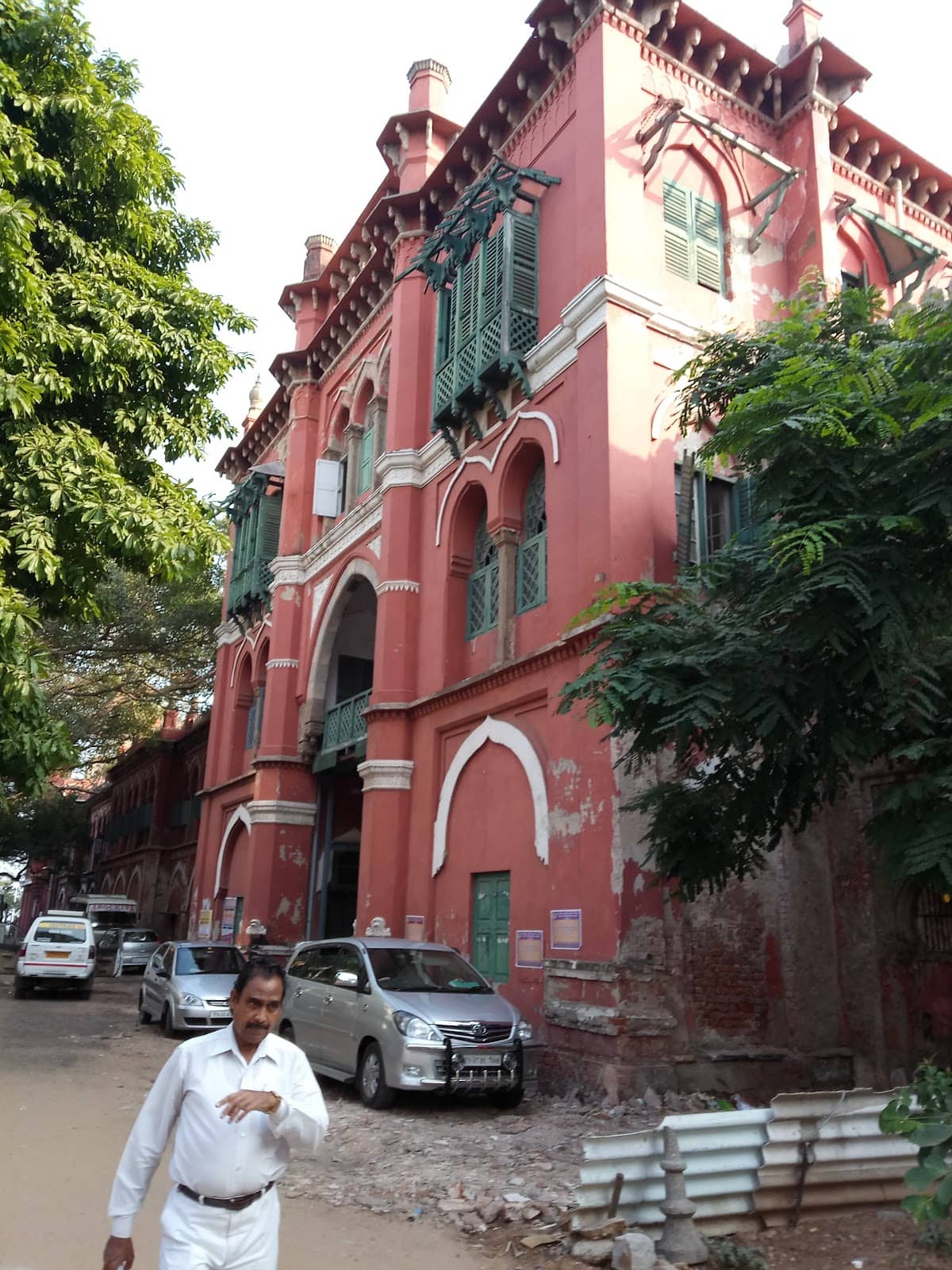
Check for Access Updates
Visitor access is currently limited due to renovations. Confirm current status before visiting. :informationdeskperson:
Appreciate the Architecture
Even from the outside, admire the unique Indo-Saracenic style. :building_construction:
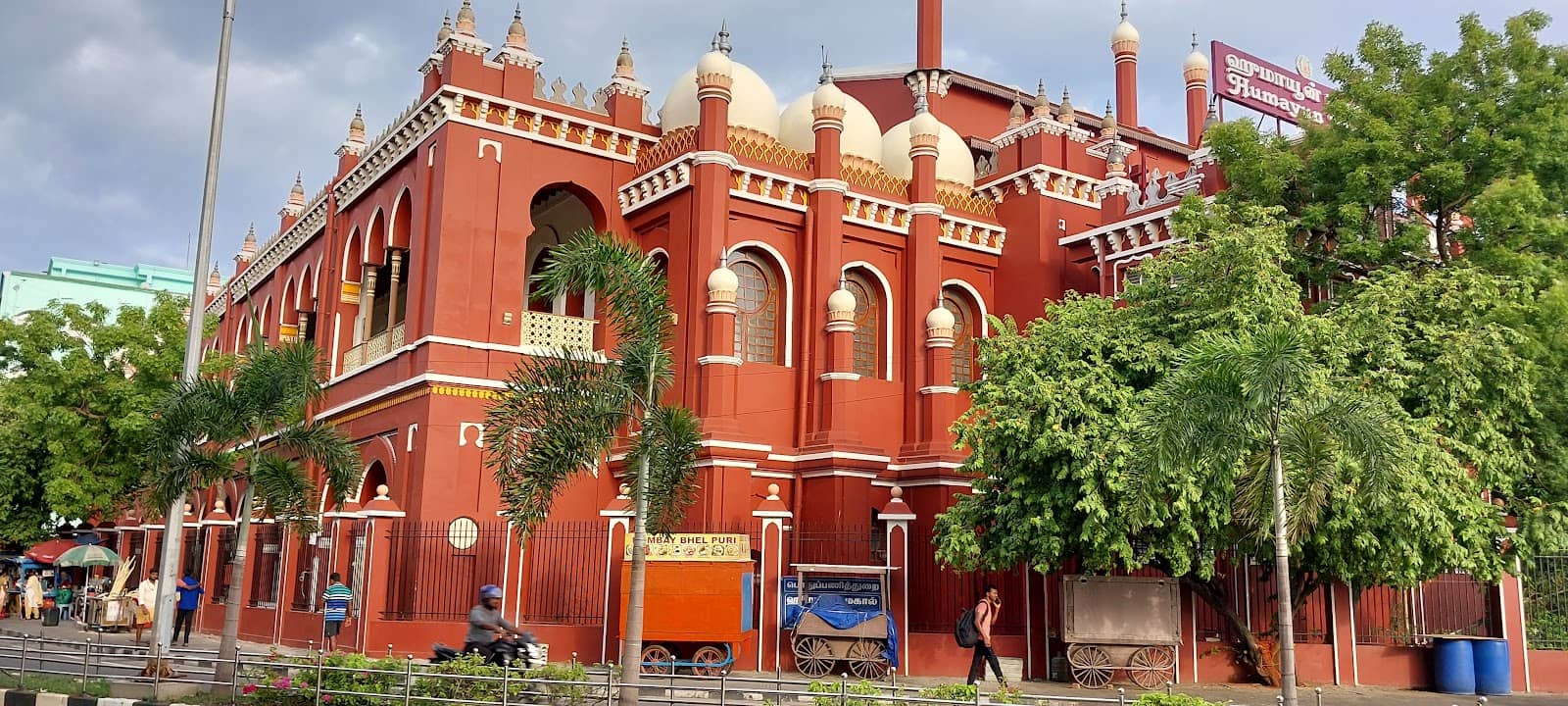
Highlights
Discover the most iconic attractions and experiences

Indo-Saracenic Architecture
Marvel at the unique blend of Indian and Saracenic architectural styles, a testament to historical craftsmanship.

Nawab of Arcot's Former Residence
Imagine life in the 18th and 19th centuries within the walls of this historic palace.
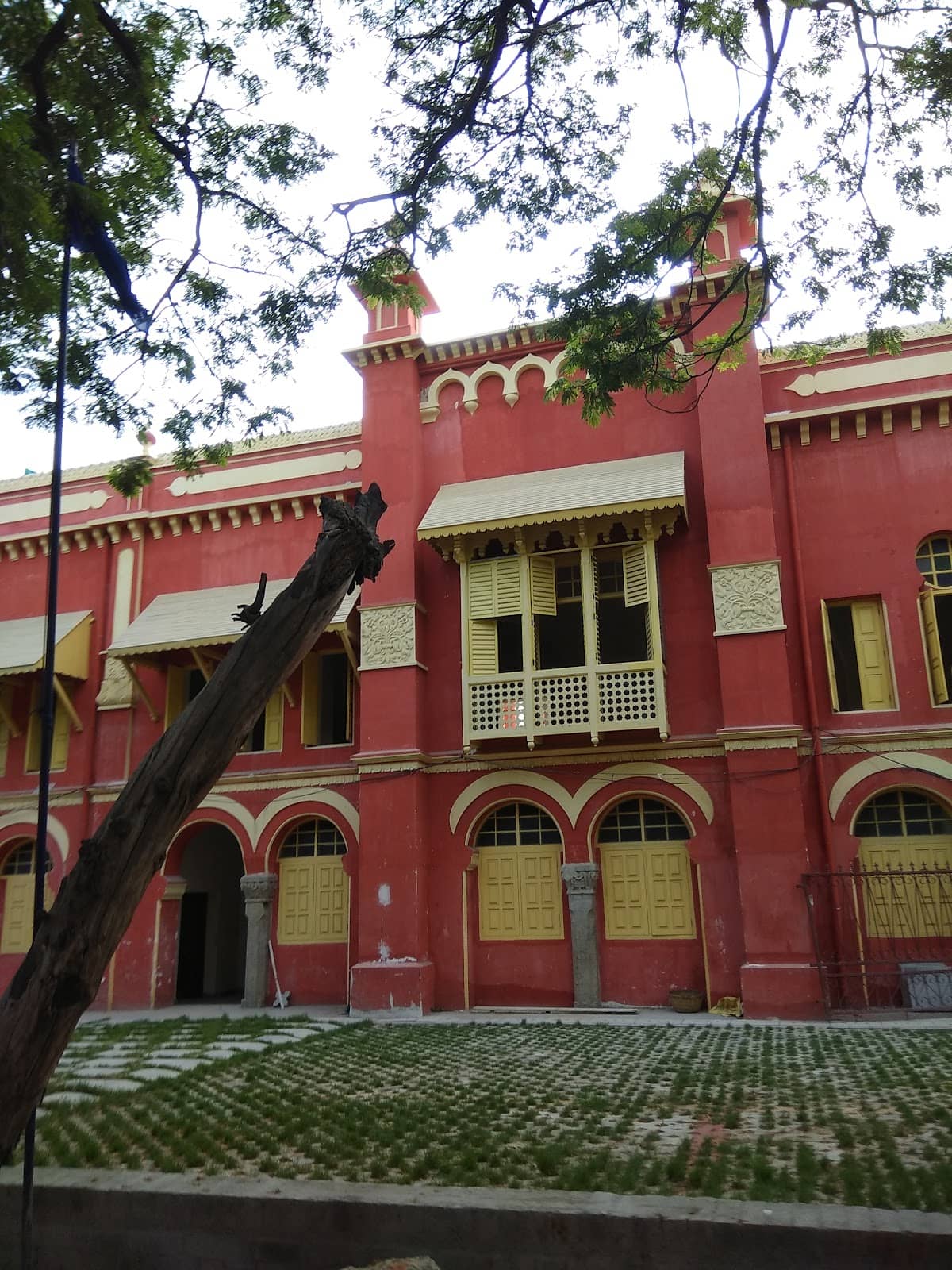
Conservation Efforts
Witness ongoing restoration work aimed at preserving the palace's original grandeur and historical value.
Plans like a pro.
Thinks like you
Planning Your Visit
Access and Current Status
Architectural Significance
Insider Tips
from TikTok, Instagram & Reddit
Check for Access Updates
Visitor access is currently limited due to renovations. Confirm current status before visiting. :informationdeskperson:
Appreciate the Architecture
Even from the outside, admire the unique Indo-Saracenic style. :building_construction:
Learn the History
Research its past as the Nawab of Arcot's residence for a richer appreciation. :scroll:
Tips
from all over the internet
Check for Access Updates
Visitor access is currently limited due to renovations. Confirm current status before visiting. :informationdeskperson:
Appreciate the Architecture
Even from the outside, admire the unique Indo-Saracenic style. :building_construction:
Learn the History
Research its past as the Nawab of Arcot's residence for a richer appreciation. :scroll:
What Travellers Say
Reviews Summary
Chepauk Palace is a significant historical landmark, celebrated for its impressive Indo-Saracenic architecture and its past as the Nawab of Arcot's residence. While currently inaccessible due to extensive renovations and conversion into government offices, its exterior still commands admiration. Visitors hope for future public access to explore its rich heritage.
"Chepauk palace is the official residence for Nawab of arcot in the years 1768 -1855. The building currently (20-21) is under conservation n renovation by the PWD department. The beautiful architectural techniques from back in those days was studied and they have been replicating the same now. This allows the building to hold the same value and vibe as olden times."
Niyandha S
"awesome nostalgic archeological kind buildings. Chepauk Palace was the official residence of the Nawab of Arcot from 1768 to 1855. It is situated in the neighbourhood of Chepauk in Chennai, India and is constructed in the Indo-Saracenic style of architecture. Kalas Mahal was restored and will be the home of the National Green Tribunal, Southern Bench. Also in 2017 the PWD started the process of restoring Humayun Mahal."
Nithin Mohan
"It was critically renovated. The attached long-shot photograph was from the year of 2016."
Anirban Bandopadhyay
What People Like
What People Dislike
Frequently Asked Questions
🚇 🗺️ Getting There
Chepauk Palace is located in the Chepauk neighborhood of Chennai. It's accessible by road, and local buses and auto-rickshaws are common modes of transport in the area. The nearest railway station is Chepauk, making it convenient for train travelers.
Parking availability can be challenging in this busy area of Chennai. It's advisable to use public transport or drop-off services if possible. Limited street parking might be available, but it's not guaranteed.
🎫 🎫 Tickets & Entry
Currently, Chepauk Palace is undergoing extensive renovation and is being converted into government offices. Public access is restricted. It's best to check for any official announcements regarding future visitor access.
As the palace is not open to the public for general visits due to ongoing conservation and conversion into government offices, there are no set opening hours for tourists.
Since the palace is not currently accessible to visitors, there is no admission fee. Information on potential future entry fees will be announced if and when public access is granted.
🎫 🏛️ Onsite Experience
Chepauk Palace is a remarkable example of Indo-Saracenic architecture, a style that beautifully fuses Indian, Islamic, and European architectural elements. This unique blend is evident in its domes, arches, and intricate detailing.
Historically, Chepauk Palace served as the official residence of the Nawab of Arcot from 1768 to 1855. It was a center of power and a symbol of the Nawabs' influence in the region.
No, Chepauk Palace is not open for tours at this time. It is undergoing significant renovation and conversion into government offices, including the National Green Tribunal, Southern Bench.
The palace is undergoing extensive conservation and renovation by the Public Works Department (PWD). Parts of it are being repurposed as government offices, such as the National Green Tribunal.
Yes, you can view the exterior of Chepauk Palace from the surrounding streets. This allows you to appreciate its impressive Indo-Saracenic architecture and its imposing presence.
For Different Travelers
Tailored advice for your travel style
History Enthusiasts
Consider exploring nearby historical sites in Chennai to contextualize the palace's significance within the broader history of the region. Understanding the architectural fusion and the socio-political landscape of the 18th and 19th centuries will make your encounter with Chepauk Palace more profound.
Architecture Aficionados
Even though interior access is restricted, the exterior facade offers ample opportunity to study and photograph the stylistic nuances. The ongoing restoration efforts also highlight the craftsmanship involved in preserving such a significant building. It's a prime example of heritage architecture that deserves admiration.
Deep Dives
In-depth insights and expert knowledge
Architectural Marvel: Indo-Saracenic Style
The palace's design showcases the grandeur and sophistication of its era. The careful study and replication of original architectural techniques during its recent renovation aim to preserve this heritage for future generations. While access is limited, appreciating the exterior provides a glimpse into the architectural brilliance that characterized this period in Madras (now Chennai).
This style was not just about aesthetics; it also incorporated functional aspects suited to the local climate. The design often included features that provided natural ventilation and light, making the buildings comfortable and sustainable. The Kalas Mahal and Humayun Mahal sections of the palace are key areas where this architectural style is most evident.
A Glimpse into the Past: The Nawab of Arcot
The palace's construction and its role as a royal residence reflect the wealth and status of the Nawabs. Its location, facing the sea, also speaks to strategic considerations and the desire for a commanding presence. Understanding its history enriches the appreciation of the palace's architectural grandeur, connecting the physical structure to the lives and legacies of its former inhabitants.
While the palace is no longer a royal dwelling, its historical narrative continues through its preservation and repurposing. The ongoing conservation efforts ensure that the stories and architectural heritage associated with the Nawabs of Arcot are not lost, even as the building takes on new functions.


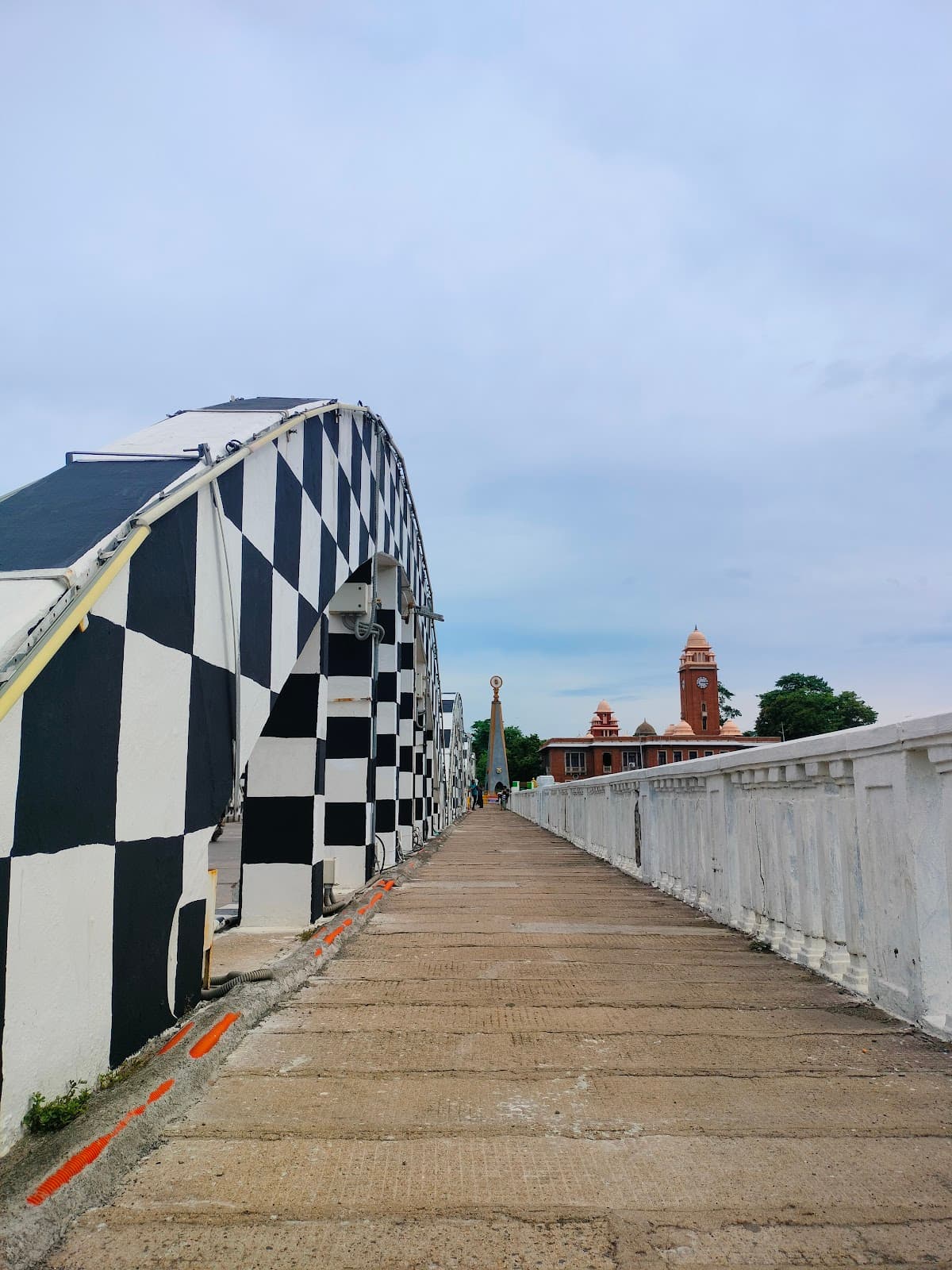
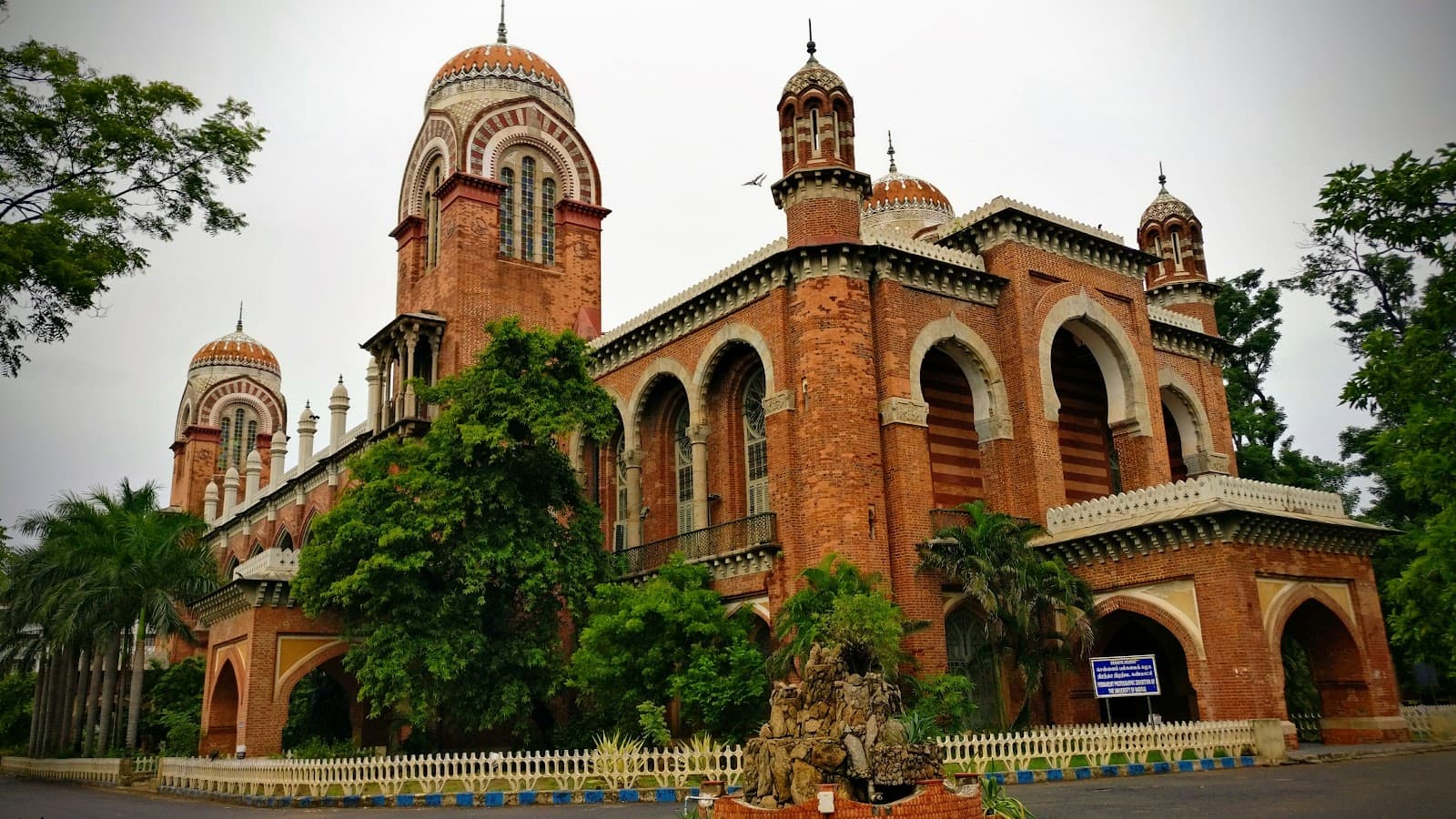


Social
from TikTok, Instagram & Reddit